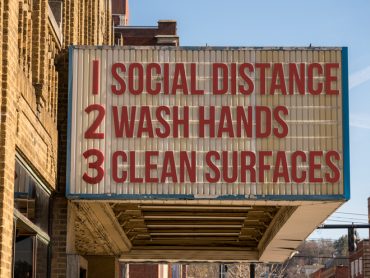Rethinking Your Hotel’s SEM Strategy
In my 40+ years of experience as an advertiser in the hotel space, I can tell you with certainty that search engine marketing (SEM), which includes click-throughs and conversions from Google Adwords, as well as retargeting and other paid digital mediums, can be an especially fruitful channel, but only when properly executed.
How then do you know if you’re doing it right? As a general manager, start by posing these three questions to your director of marketing:
- Can you tell me, unequivocally, that the money that we are spending in SEM is generating better returns than the rate of commission paid to the OTAs?
- What percentage of our SEM budget goes to buying our own brand name – that is, the ‘bottom-of-the-funnel’ – and ask why are we spending this much?
- If you were given the same budget, could you generate the equivalent revenue through alternate marketing vehicles? What would you do?
One of the beauties of SEM is that every dollar spent as well as every dollar earned is measurable. Hence, many directors of marketing have come to use the resultant metrics as a crutch to justify their allocation of funds to this segment instead of trying riskier, longer-term, top-of-the-funnel marketing tactics. The most obvious negative consequence of relying on universal quantification and accountability of advertising dollars like this is that it promotes an overreliance on SEM channels where inevitably there are diminishing returns.
When pay-per-click rates were pennies or even a buck, this wasn’t problem. But now that every hotel is wise to the game and the monopolistic Google strives ever-harder to increase their own margins from click-through bids, what ends up happening is your team continues to fine tune its SEM campaign only to get the same results.
And due to the incumbent fear of diverting resources to other vehicles that lack wholly transparent ROAS tracking, the solution is to simply throw more money down the SEM well. Eventually, as the owner or operator you wake up one day to find out that you’ve spent thousands – maybe even hundreds of thousands – of dollars to secure what is essentially direct revenue from already primed consumers.
Instead, we must collectively rethink the true value of marketing, namely in its ability to establish a position for our properties that will support long-term rate increases. While digital expenditures like SEM are important for buyers at the time of purchase, they are not nearly as effective when it comes to making your property memorable.
If you are totally satisfied with your ADR and believe that there is no reason to increase rates beyond the tiers that you currently find yourself in, then keep spending everything you logically can on SEM. However, in my experience at least, I have never heard a GM express complete satisfaction at the rates they’ve achieved. Simply put, these digital efforts are mostly short-term fixes, helping to drive promotional rates and ultimately lowering ADR or preventing it from growing at a reasonable pace.
Perhaps it’s time to wean yourself off this approach. And so, what about an alternative?
The arsenal of marketing vehicles available to your team is extensive. But before you commit funds one way or another, you need both a strategy and a unifying creative concept or two. Broadly stated, real marketing is a combination of strategy and tactics that deliver a provocative message to your target audience. This is not simply a numerical equation. And, it is not easy! This will probably require brushing off a lot of the elements that have been sitting like rusty relics in your team’s marketing toolbox.
The spectrum of hotel marketing has changed, though. Programs that worked a few years ago may not be enough in today’s crowded hospitality ecosystem. You need to rejuvenate a bespoke and branded program for your property. Chances are that your marketing team and your digital agency are not fully ready for this challenge. Nevertheless, the time to rethink your SEM budget is now while you still have a solid loyal user base to garner initial uptake and feedback for any alternate approaches undertaken.
(Article by Larry Mogelonsky, originally published in Hotels Magazine on August 25, 2017)




